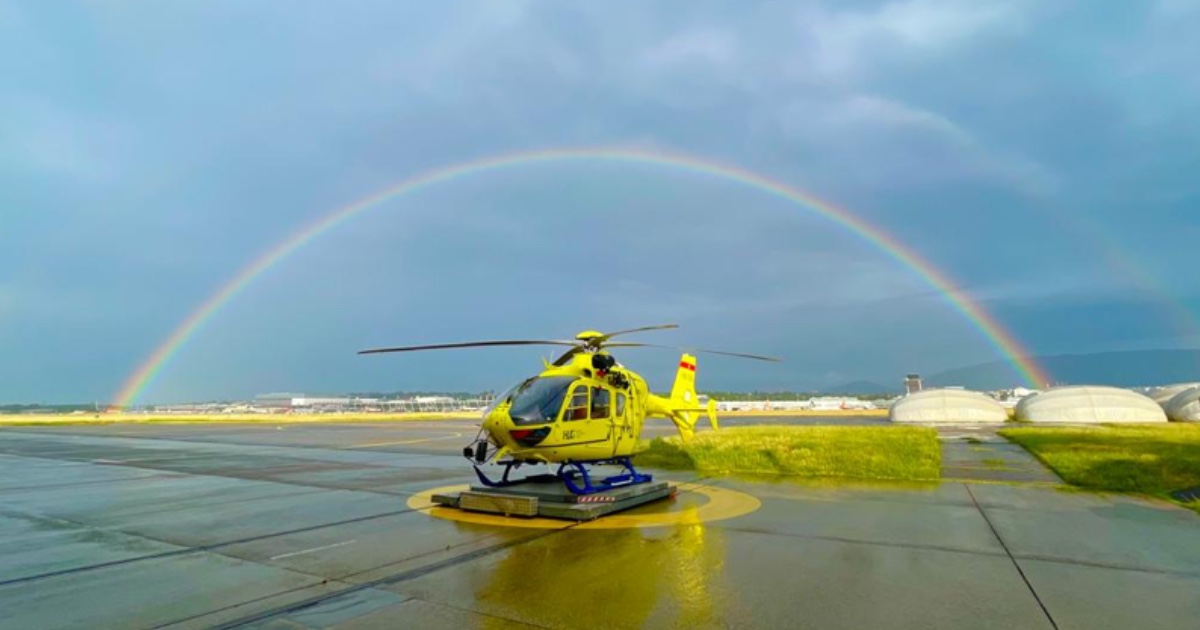Advances and Perspectives in Prehospital Emergency Medicine
A special issue of Medicina (ISSN 1648-9144). This special issue belongs to the section "Emergency Medicine".
Deadline for manuscript submissions: closed (31 March 2023) | Viewed by 530

Special Issue Information
Dear Colleagues,
Prehospital emergency medicine has considerably evolved in recent decades. Tremendous progress has been made in many areas such as airway management and circulatory support. These advances and the perspectives they entail deserve to be described in the scientific literature and have therefore prompted the creation of this Special Issue.
In addition, the organization of prehospital emergency services differs markedly from one region of the world to another. The professional background, specific training and level of experience of prehospital providers vary greatly according to regional resources and constraints. These parameters can markedly influence the outcome of critically ill patients, and their study deserves special attention.
Further adding to the complexity of the prehospital domain, different countries have widely disparate policies regarding first aid education for laypersons and their involvement in first responder networks. Because the vital and neurological prognoses of cardiac arrest victims significantly depend on the rapid initiation of basic life support maneuvers, all interventions that could improve the number of first responders and the geographic coverage of these networks should be described and evaluated.
We therefore welcome all manuscripts covering any of the aforementioned areas.
Manuscript Submission Information
Manuscripts should be submitted online at www.mdpi.com by registering and logging in to this website. Once you are registered, click here to go to the submission form. Manuscripts can be submitted until the deadline. All submissions that pass pre-check are peer-reviewed. Accepted papers will be published continuously in the journal (as soon as accepted) and will be listed together on the special issue website. Research articles, review articles as well as short communications are invited. For planned papers, a title and short abstract (about 100 words) can be sent to the Editorial Office for announcement on this website.
Submitted manuscripts should not have been published previously, nor be under consideration for publication elsewhere (except conference proceedings papers). All manuscripts are thoroughly refereed through a single-blind peer-review process. A guide for authors and other relevant information for submission of manuscripts is available on the Instructions for Authors page. Medicina is an international peer-reviewed open access monthly journal published by MDPI.
Please visit the Instructions for Authors page before submitting a manuscript. The Article Processing Charge (APC) for publication in this open access journal is 2200 CHF (Swiss Francs). Submitted papers should be well formatted and use good English. Authors may use MDPI's English editing service prior to publication or during author revisions.
Keywords
- prehospital emergency medicine
- airway management
- medical education
- basic life support
- advanced life support
- evidence-based medicine
- emergency medical services
Benefits of Publishing in a Special Issue
- Ease of navigation: Grouping papers by topic helps scholars navigate broad scope journals more efficiently.
- Greater discoverability: Special Issues support the reach and impact of scientific research. Articles in Special Issues are more discoverable and cited more frequently.
- Expansion of research network: Special Issues facilitate connections among authors, fostering scientific collaborations.
- External promotion: Articles in Special Issues are often promoted through the journal's social media, increasing their visibility.
- Reprint: MDPI Books provides the opportunity to republish successful Special Issues in book format, both online and in print.
Further information on MDPI's Special Issue policies can be found here.





